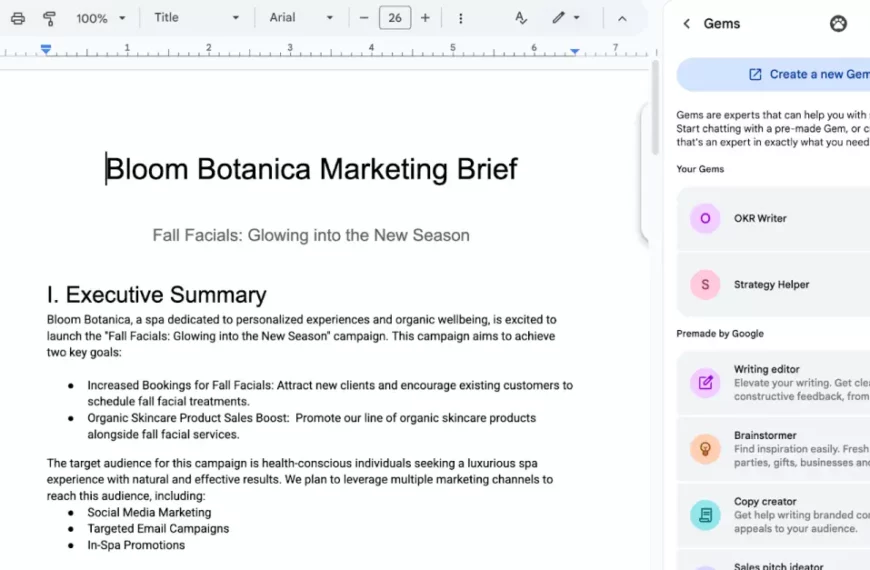U.S. Job Market Poised for November Rebound After October Slump
The U.S. job market is expected to show signs of recovery in November following a weak performance in October, according to economists. The Labor Department’s upcoming report is anticipated to reveal an addition of approximately 208,000 jobs, marking a significant improvement from the previous month.
October’s job growth was notably impacted by external factors, including hurricanes Helene and Milton, which are estimated to have reduced hiring by around 75,000 jobs. Additionally, strikes at major companies like Boeing and Textron Aviation contributed to the decline. Many of the affected workers are expected to return to payrolls in November, potentially boosting the employment figures.
Despite these challenges, the overall job market remains relatively stable. The unemployment rate is projected to hold steady at 4.1% in November. Recent data shows positive trends, with layoffs decreasing to 1.6 million in October, indicating improved job security. Furthermore, a rebound in job openings suggests continued demand for workers across various sectors.
The U.S. economy has demonstrated resilience in the face of high interest rates, growing at a 2.8% annual pace from July to September. Inflation has also shown improvement, dropping from a peak of 9.1% in June 2022 to a more manageable 2.6% in recent months. This progress comes as the Federal Reserve continues its efforts to control inflation through interest rate adjustments.
However, the job market is showing signs of a gradual slowdown. Average monthly job additions have decreased to 170,000 this year, compared to 251,000 in 2022 and significantly higher figures in previous years. Economists warn that upcoming revisions could potentially paint a weaker picture of the job market than initially reported.
Challenges persist for unemployed Americans, with the average duration of unemployment increasing to 22.9 weeks in October. This trend indicates longer job search times compared to recent years, highlighting ongoing difficulties in certain segments of the labor market.
On the wage front, average hourly earnings rose 3.9% year-over-year in November, aligning closely with the Federal Reserve’s 2% inflation target. This wage growth, combined with recent rate cuts and anticipated future actions by the Federal Reserve, suggests a delicate balance between economic growth and inflation control.
As the U.S. job market navigates these complex dynamics, the November report will be closely watched for signs of sustained recovery and indications of broader economic trends.




 By
By




 By
By


 By
By






